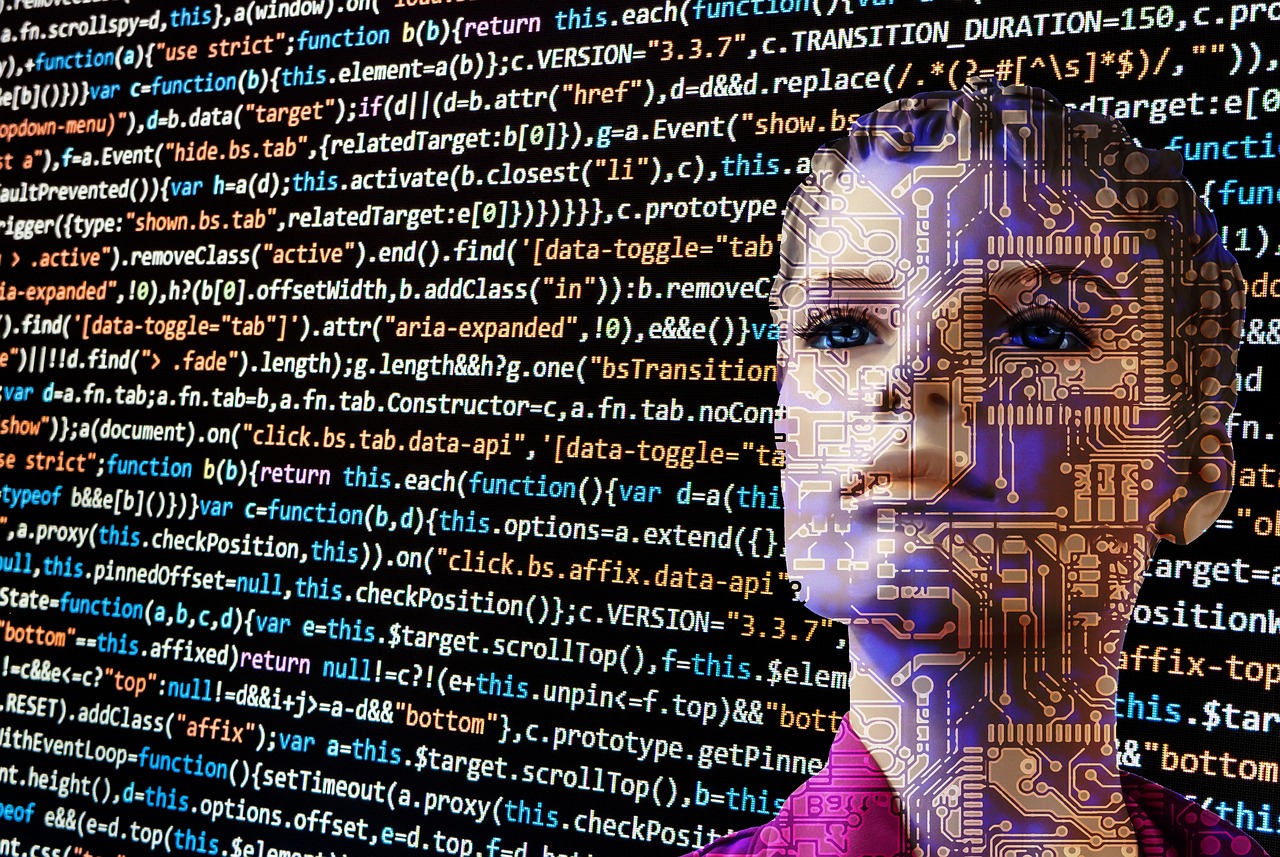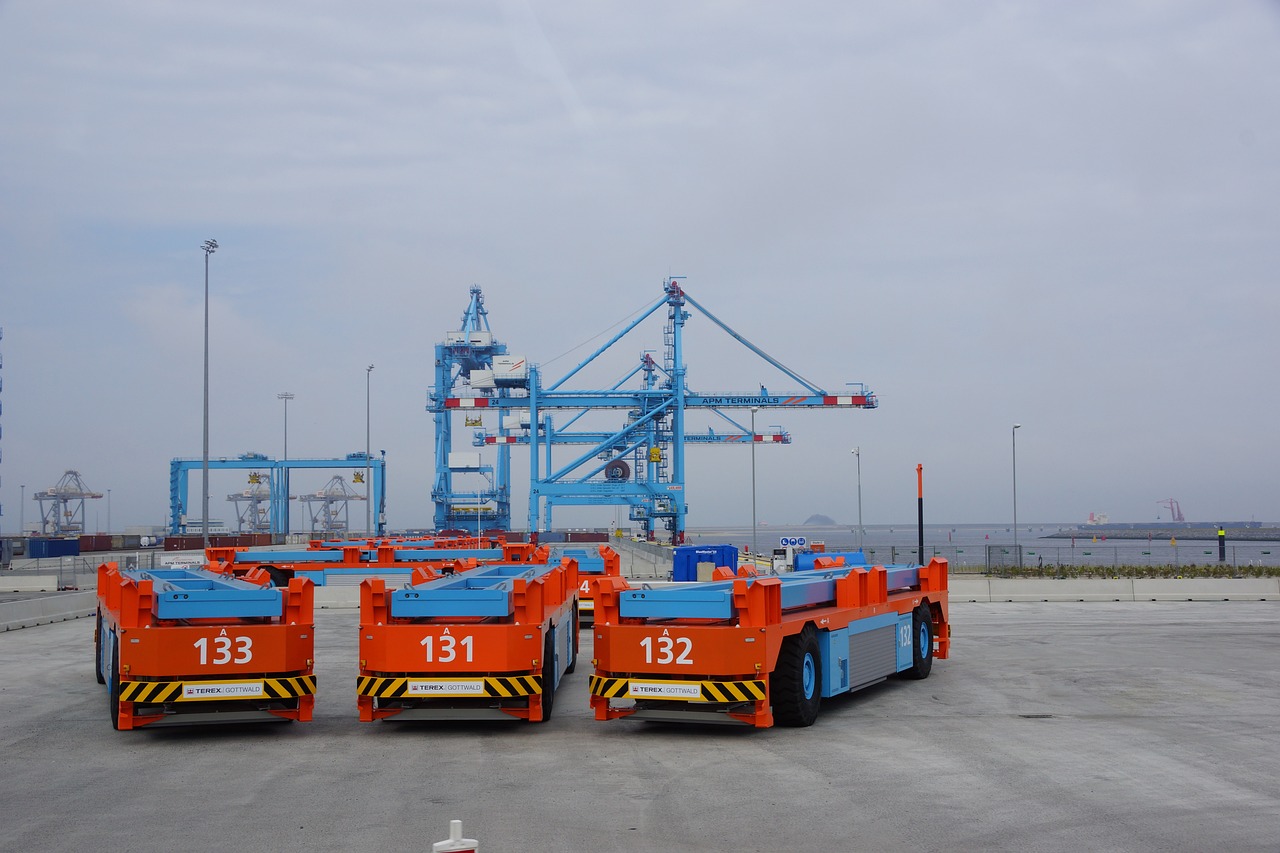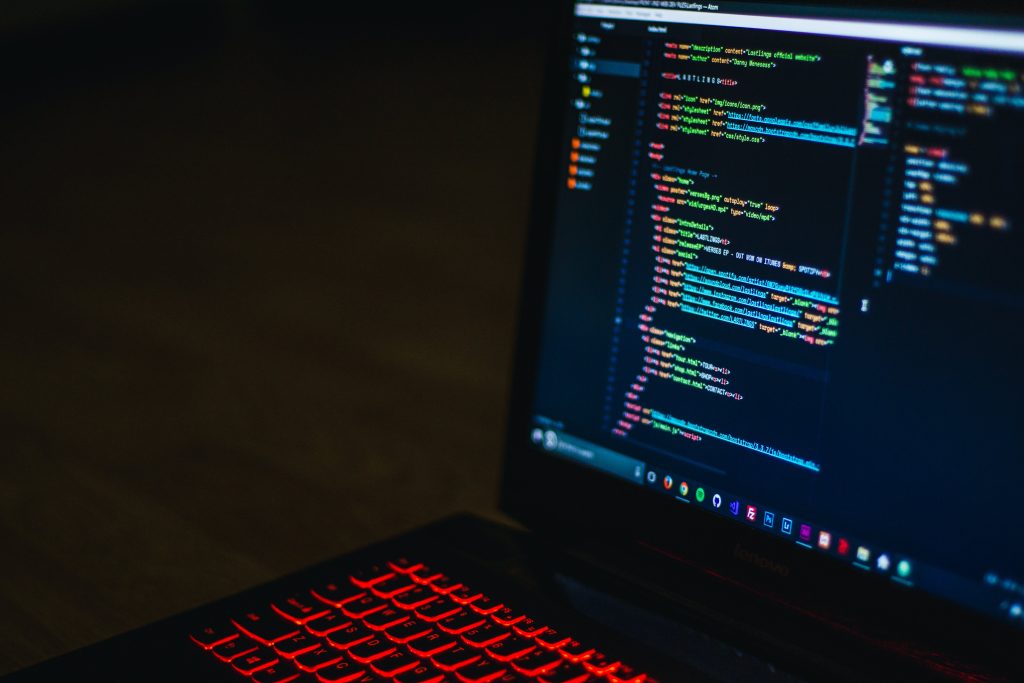Myths and reality about technological developments: separating hype from value
During the Ports of Australia conference, Yvo Saanen, Managing Director, and Mahim Khanna, Regional Director at Portwise, were invited to present on technology trends in the terminal and ports industry.
In this article, we explore the several key insights that were shared during their presentation and we zoom into the myths and realities surrounding technological developments and how to distinguish hype from actual value.
Myth 1: AI as an All-Encompassing Solution
Contrary to the myth that AI is a universal panacea, it was emphasized that AI is not a one-size-fits-all solution. While it excels in tasks with well-defined objectives and abundant data, AI is most effective in specific, repetitive, and data-driven operations, such as optimizing container stacking patterns and predicting equipment maintenance needs. To harness its true value, it must be driven by quality data.
Truth 1: The Potential of Narrow AI
Narrow AI, designed for specific tasks, can significantly benefit port operations. Examples include enhancing Optical Character Recognition (OCR) technology for automating container label reading and streamlining gate entry processes, enabling predictive maintenance, and improving data exchange among stakeholders.

Myth 2: Automated Terminals Are Slower
The misconception that automated terminals are slower than manual ones was debunked by Yvo Saanen. Well-designed automated terminals excel in optimizing space utilization, equipment deployment, and reducing human error, ultimately outperforming manual operations in terms of efficiency and reliability.
Truth 2: Automated Terminals Are Less Flexible but Highly Efficient
Automated terminals require meticulous planning and robust infrastructure, but this commitment ensures smoother and more predictable operations. Automation enhances efficiency, minimizes human error, and optimizes equipment deployment, resulting in substantial long-term benefits. The Portwise Automation Quick Scan will address the impact – over time – of relevant technologies on various operational KPIs, such as operating cost per container, productivity levels, impact on safety, labour deployment, and throughput.

Myth 3: Digital Twins vs. Dynamic Simulation
Digital twins are often perceived as replacements for dynamic simulations, but in reality, they primarily offer static representations of the terminal’s current state. Dynamic simulations are essential for analyzing stochastic processes and offer a more comprehensive view of terminal operations. The concept of “digital cousins” is emerging as a solution. These models combine the visual appeal of digital twins with the analytical power of dynamic simulations. To read more about the possibilities for digital twinning in (container) terminal operations please click here.
Truth 3: The Power of Reduction in Modeling
More complexity doesn’t necessarily equate to better insights. Effective modeling involves reduction, simplifying complex systems by focusing on the most influential factors and variables. By doing so, terminals can streamline decision-making and enhance operational efficiency. The high complexity of ports and terminals is represented in the details of the simulation models we use at Portwise. We have a loyal team of dedicated simulation analysts who work and maintain Portwise’ inhouse simulation libraries and our expert developers are highly skilled to create accurate models for each design project efficiently.
Myth 4: Data Problems Solved with Electronic Systems
The myth that electronic systems have resolved data-related problems was addressed in the presentation. Because in reality, the container terminal industry faces numerous data challenges, including poor data quality, data underutilization, and a lack of standardization.
Truth 4: The Cost of Bad Data Quality
Poor data quality costs the container industry billions due to operational inefficiencies, increased maintenance costs, safety risks, reputation damage, and lost revenue opportunities. To mitigate these costs, an emphasis on data quality management and data governance practices is essential.

Myth 5: Ports and Terminals as Technology & IT Minded
It’s a common misconception that ports and terminals are technology and IT-minded. Historical legacy infrastructure, risk aversion, regulatory complexities, and a lack of in-house IT expertise have contributed to the industry’s hesitance in embracing technology.
Truth 5: Limited IT Investment
The terminal industry allocates less than 2% of operating expenses (OPEX) to IT, indicating that technology is not its primary focus. This mindset needs to evolve to address the evolving demands of global trade effectively.
Key Takeaway: Focus on Business Value
The key takeaway from the Portwise presentation emphasized the importance of shifting from acquiring technology solutions in search of problems to solving specific challenges and deriving tangible business value from technology. To embark on this transformation.
- Stop buying technology searching for a problem to solve: focus on business value
- Start using what you already have and create value from it
- Think of technology throughout its lifecycle (updates, maintenance, training)
- Create an overall IT masterplan with a focus on integration and longevity (standardisation!)
- Make IT & technology a boardroom topic, and the CIO and CTO boardroom members
- Business value projects as opposed to IT owned projects without adequate domain knowledge
This strategic shift ensures that technology is in sync with the overarching business goals of terminals and ports, driving innovation, growth, and improved operations.